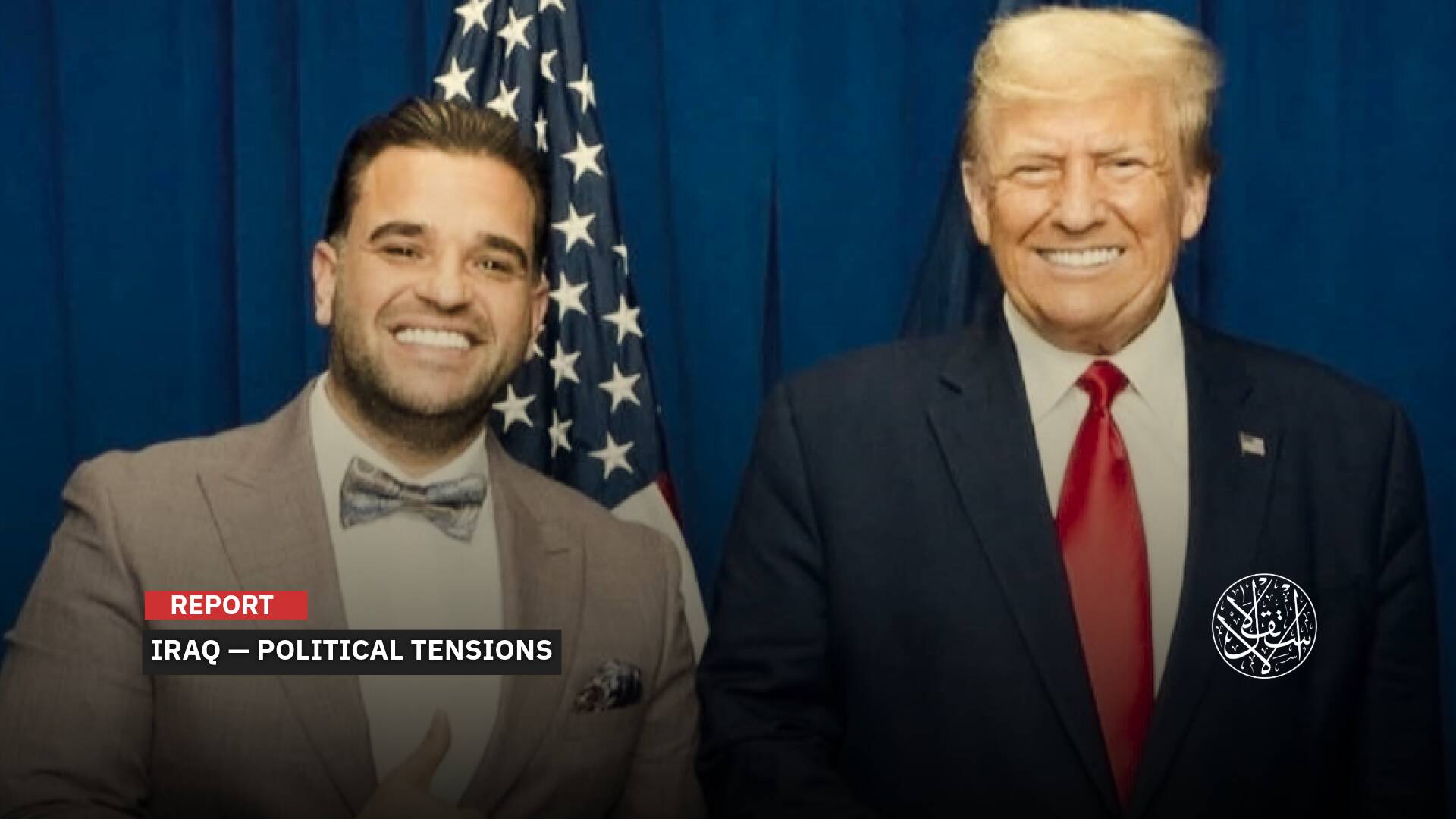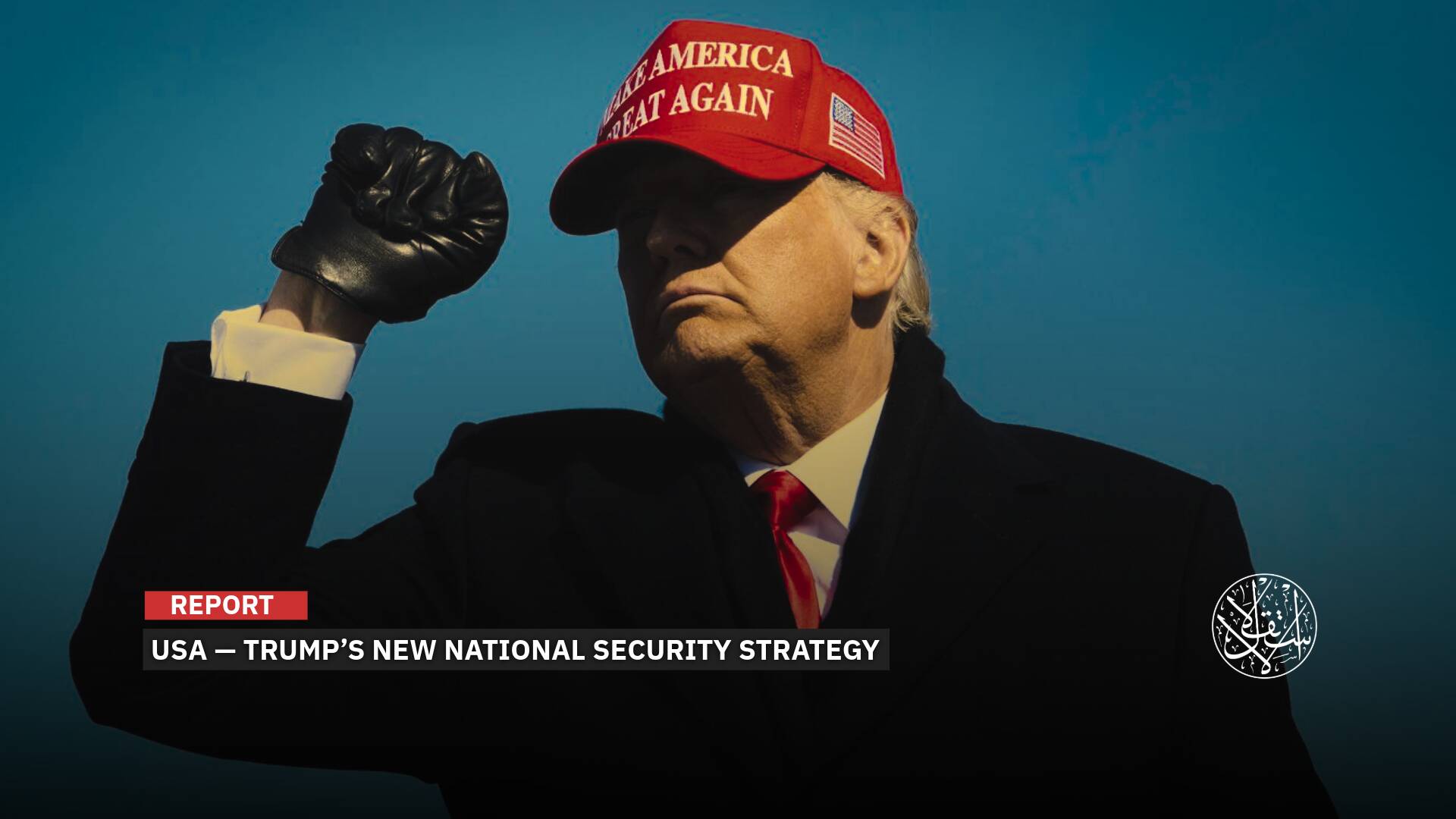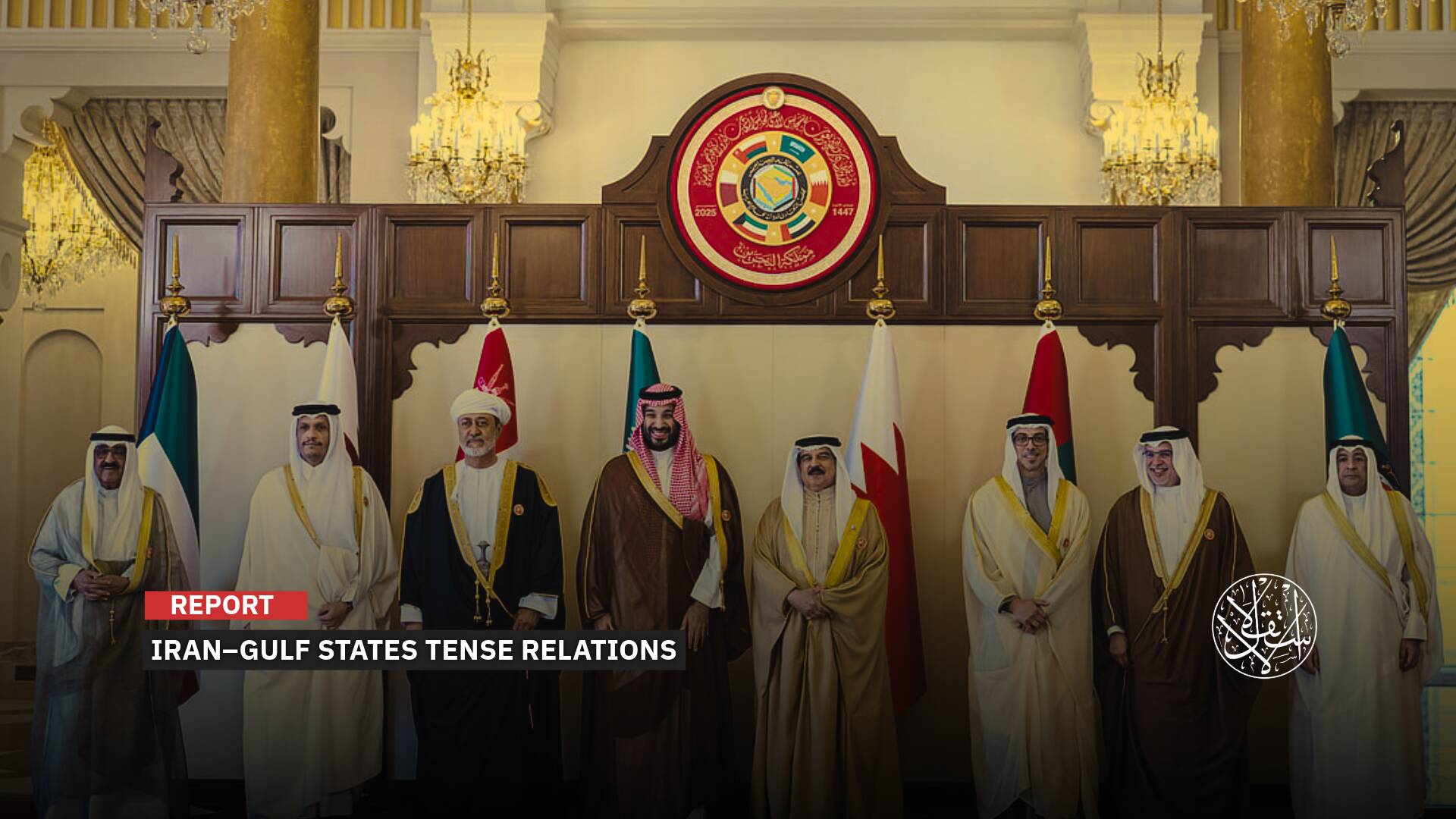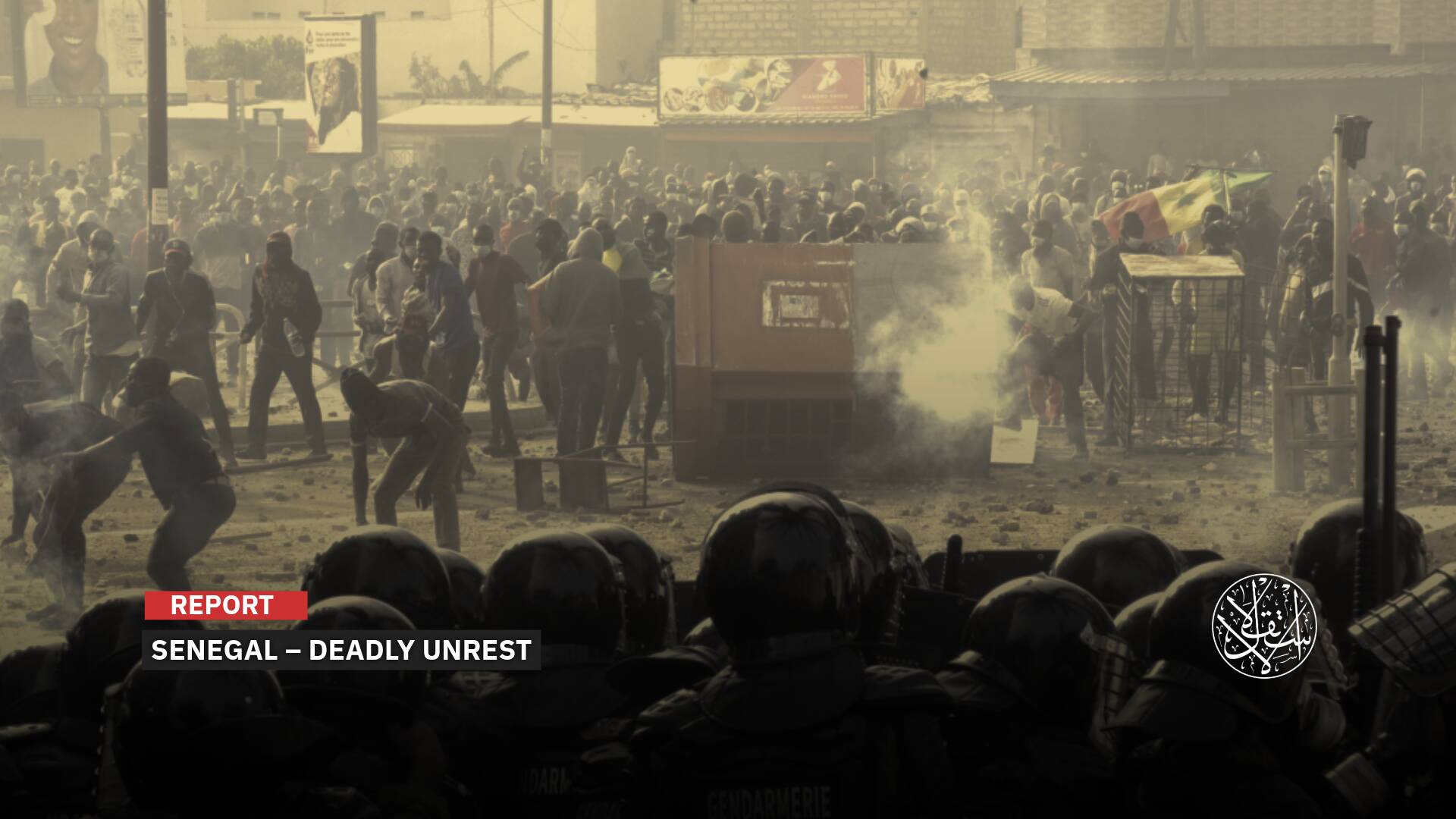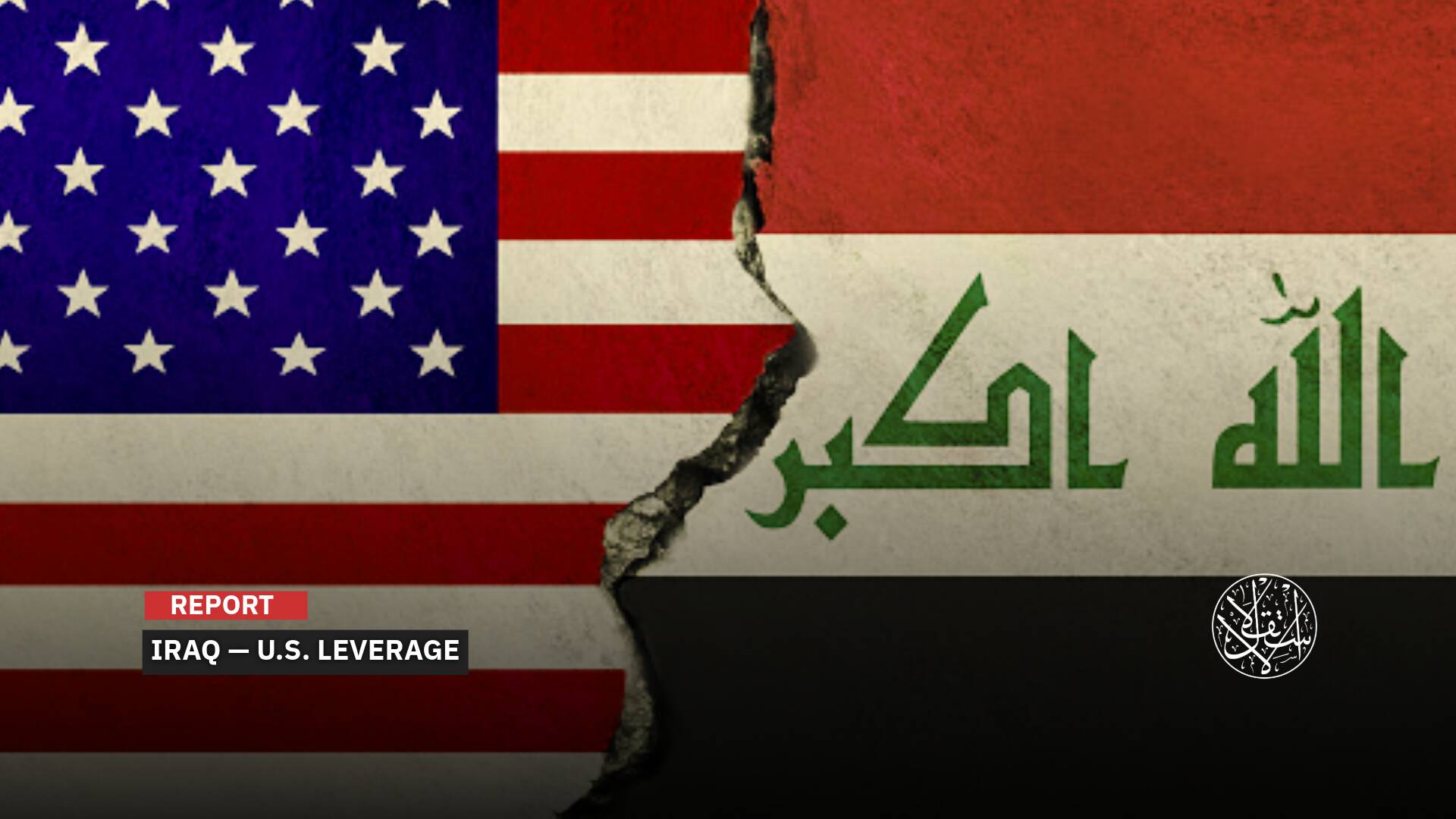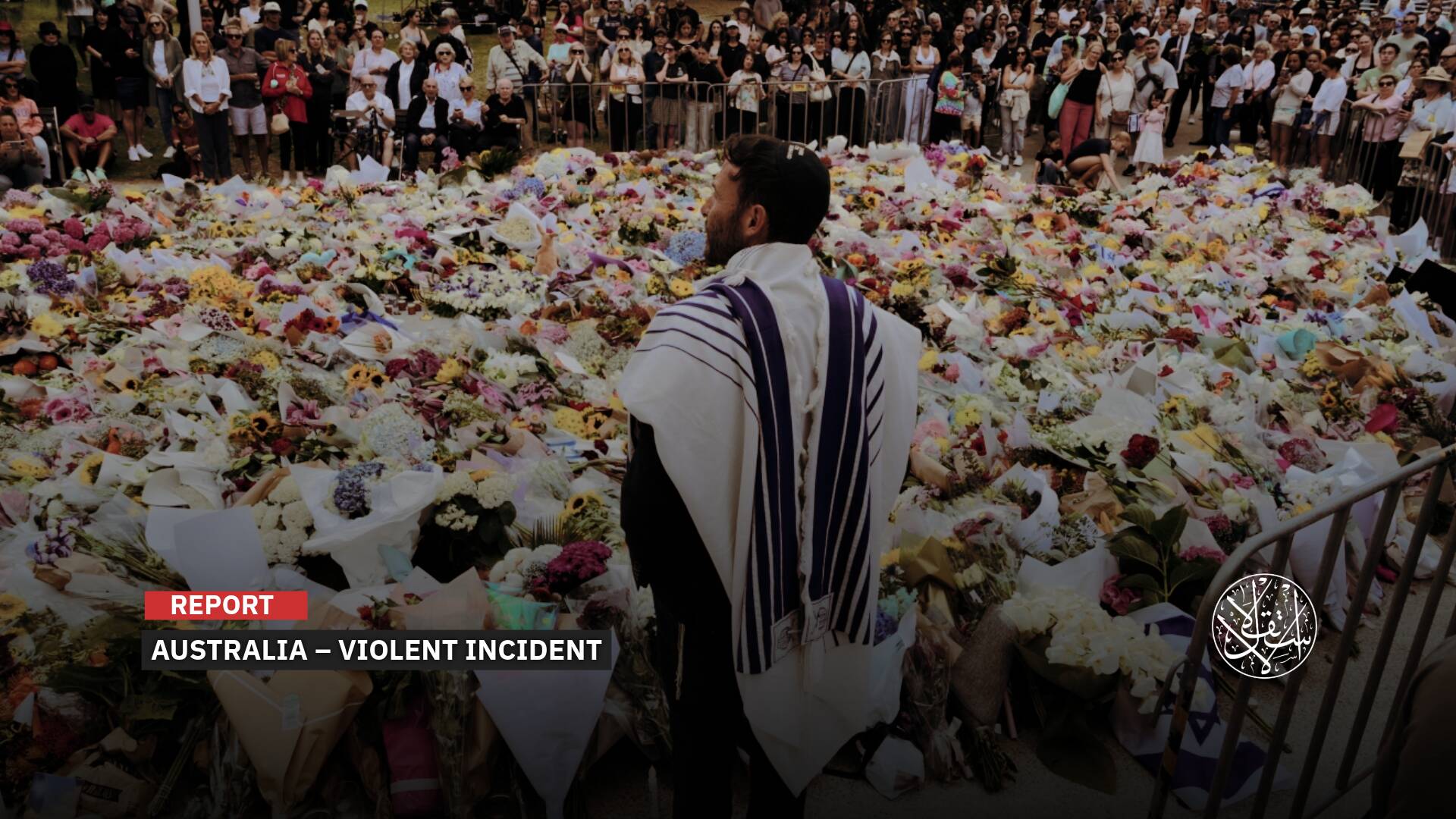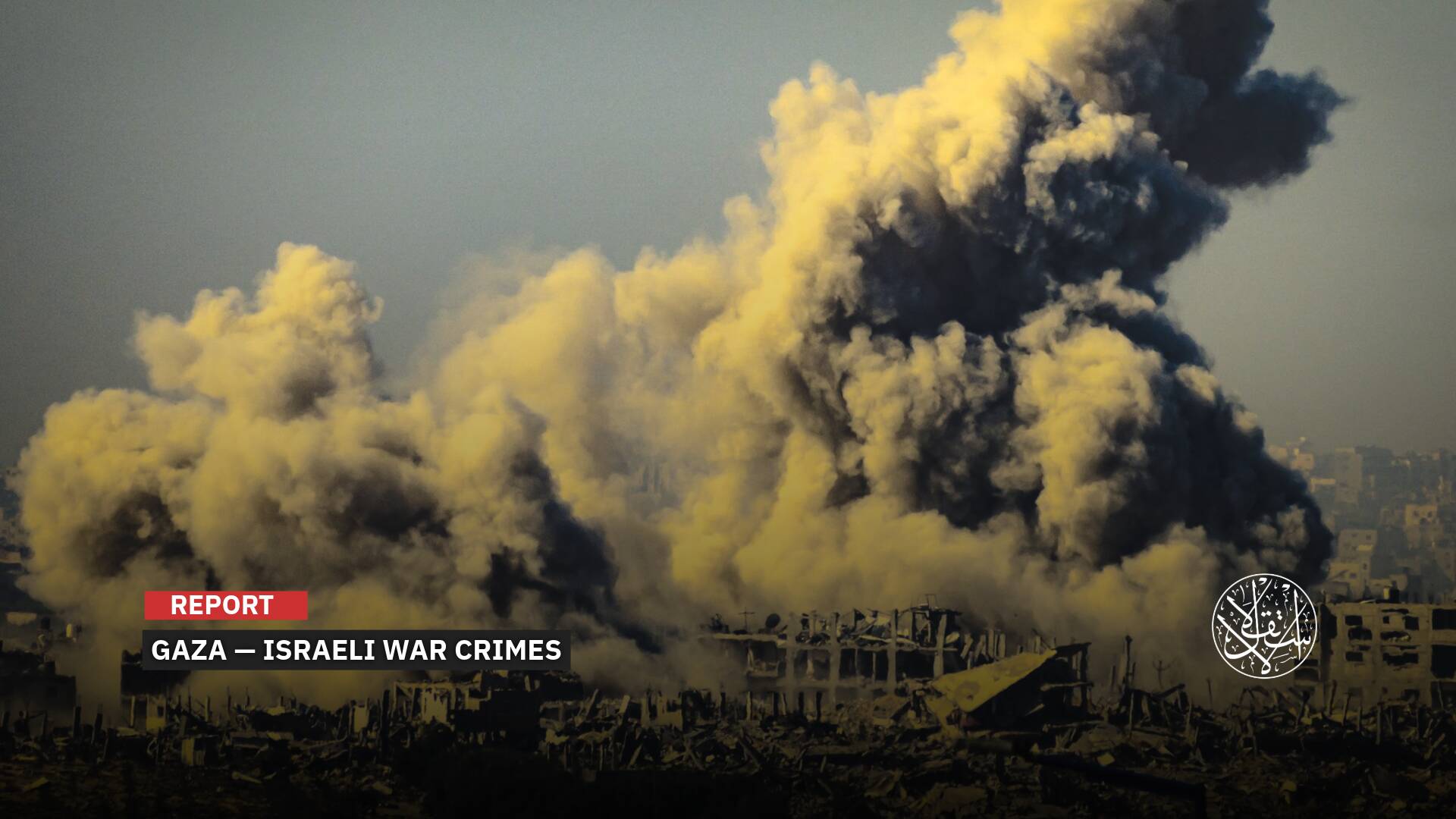French Rafale Jets Wouldn’t Last More Than Three Days Against Russian Fighters — Why?

"France seems trapped between two eras, unable to keep pace with innovation and unwilling to let go of its military-industrial legacy."
Criticism of France’s Rafale fighter jet is mounting, not just over its ability to match American, Russian, or Chinese rivals, but also over the controversial arms deals tied to authoritarian regimes.
As the global race intensifies for fifth-generation stealth fighters, doubts are growing about Rafale’s ability to survive in a battlefield increasingly shaped by electronic stealth, AI, and network superiority.
With Russia’s Su-57, China’s J-20, and America’s F-35 setting new benchmarks in modern aerial warfare, Rafale appears to be struggling to maintain relevance amid fierce competition that goes far beyond speed and agility.
French research centers have begun drawing comparisons and warning against continued reliance on the Rafale, especially given the rapid advancements of rival nations’ fighter technologies.

A Bleak Picture
The findings compiled by military experts, including former officers in the French Air Force, paint a bleak picture of a nation struggling to keep pace with the rapidly evolving landscape of modern aerial warfare.
A report published on April 29, 2025, by the French Institute of International Relations (Institut Français des Relations Internationales) reveals worrying truths about France’s air combat capabilities, placing the Rafale fighter jet at the center of a growing crisis.
Still based on fourth-generation technology, the Rafale is now falling behind as rivals invest in stealth, artificial intelligence, and advanced networked warfare. Once celebrated as the backbone of France’s air force and a symbol of national engineering prowess, the Rafale now appears outmatched in an era dominated by radar-evading platforms and electronic warfare.
Although often praised as one of the most capable multirole fighters of its class, the Rafale was never designed to be stealthy, a serious flaw in today’s contested skies.
Originally entering service in 2001 after a decades-long development process dating back to the late 1970s, the Rafale was a wholly French-made aircraft by Dassault, Thales, and Safran. But a strategic choice made in the early 2000s to upgrade this multirole platform instead of investing in stealth fighter tech may have left France trailing behind.
While Rafale development pushed forward, the U.S. introduced the F-22 Raptor and later the F-35 Lightning II; aircraft that reshaped the very notion of air dominance. Despite upgrades pushing it to the so-called 4.5 generation, the Rafale still lacks low-observable tech needed to survive against cutting-edge radars and air defenses.
Its SPECTRA system offers 360-degree electronic protection, but its electronic warfare suite doesn’t match Russia’s Su-57 or China’s J-20, both of which integrate AI and multi-directional sensors.
According to the IFRI report, French pilots could find themselves flying into a death trap if confronted with next-generation Russian or Chinese systems, as both Moscow and Beijing aggressively expand their arsenals with hypersonic missiles, drones, and stealth aircraft.
The most alarming estimate in the report? In a direct confrontation with Russian fighters, the Rafale is unlikely to last more than three days. Beyond stealth issues, France faces a critical shortage of precision-guided munitions, leaving its air force with insufficient supplies of long-range missiles like the Meteor, which Russia and China already possess in abundance.
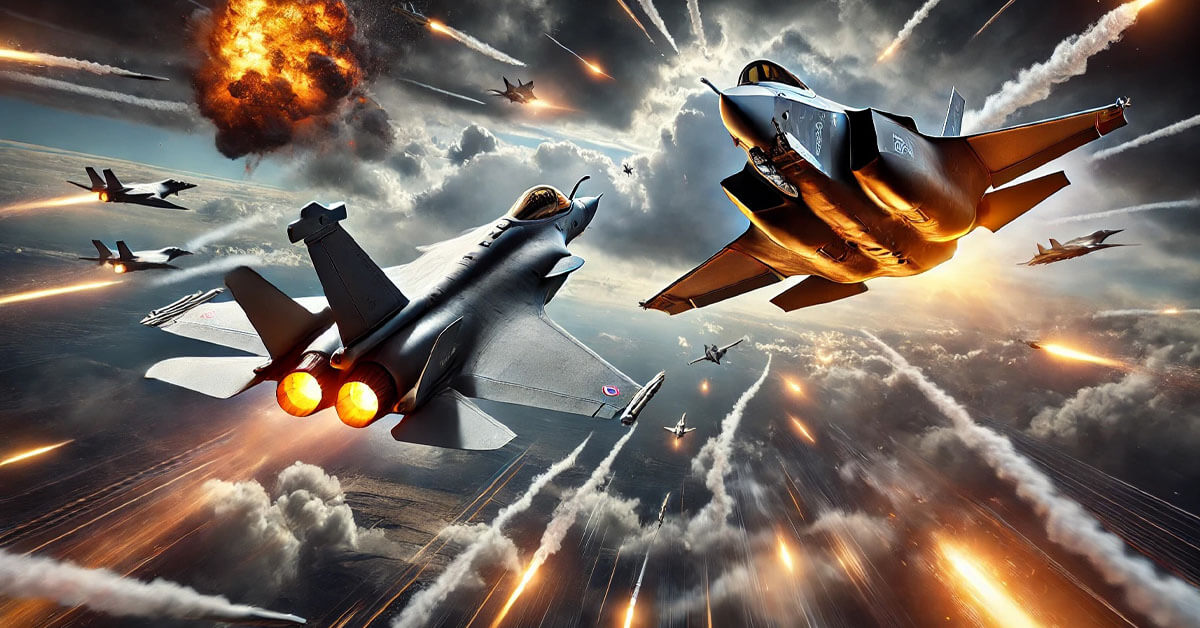
A Whiff of Sulfur
The Rafale also carries a tarnished reputation in the global arms market due to deals France has struck with authoritarian regimes.
The Rafale has gained a bad name, particularly in the Middle East, where its costly deals are often accompanied by a “whiff of sulfur,” Mediapart reported on February 7, 2019.
The report focused on a €5 billion deal to supply 30 Rafales to Egypt, noting that the jets delivered to the Egyptian military suffered from technical issues that compromised their combat effectiveness.
Mediapart suggested that these flaws may have contributed to a fatal crash in January 2019, which claimed the life of Egyptian pilot Mahdi al-Shazly. Although both French and Egyptian authorities remained silent, the pilot’s family confirmed he died in a Rafale crash.
The outlet added that the long-standing Western dominance in aerial warfare, once the cornerstone of global security, is now under serious threat.
France, by relying on the Rafale, is falling dangerously behind. Despite its effectiveness in certain combat scenarios, the jet lacks the resilience needed for high-intensity conflict, making it a liability in major confrontations.
Similarly, a March 1, 2025, report by Le Diplomate highlighted the broader crisis facing the French Air Force.
Unless France closes its technological and logistical gaps, it risks losing influence within Western alliances, and may soon be relegated to a secondary role in an era where air supremacy is increasingly difficult to maintain.

Between Two Eras
Despite France’s promotion of its Rafale jet as a cutting-edge multirole fighter combining strength with artificial intelligence, its production and export trajectory tells a different story, one that reveals the intersection of French political ambitions and limited military capability, said political science researcher Ahmed Ragheb.
“Rafale serves more as a tool of diplomatic leverage and geopolitical influence than as a game-changing military asset,” he told Al-Estiklal.
“On paper, the Rafale belongs to the 4++ generation and is marketed by Paris as a versatile fighter capable of air-to-air and air-to-ground missions, including strategic strikes and aircraft interception.”
“But behind the glossy sales pitch are serious flaws, as pointed out by military aviation experts and independent analysts. The Rafale lacks stealth capabilities—nowhere near the radar evasion of modern jets like the U.S. F-35 or China’s J-20,” Ragheb added.
This vulnerability exposes it to early detection by advanced defense systems, on top of its high operating and maintenance costs, which make it more expensive than other aircraft offering similar capabilities.
Yet Ragheb pointed to a deeper issue: that many Rafale deals are rooted in political rather than military calculations.
“What’s striking is not just the jet’s technical profile, but the way the French government markets it politically,” he said. “From the controversial deal with India to the contracts with Egypt, Qatar, and Greece, it’s clear that political considerations have often outweighed military needs.”
India, he noted, was never in the market for a non-stealth aircraft, but signed the deal to balance China under overlapping French and American pressure. The deal later became entangled in allegations of corruption and conflict of interest in New Delhi.
As for Egypt, Ragheb said the purchase came during a period of regional turmoil and appeared to be a French attempt to draw Cairo closer to Paris’s stance on issues like the Eastern Mediterranean and Libya, especially amid growing Turkish influence.
The Qatar deal, he explained, was signed at the height of the Gulf crisis and served as a French message of support to a key economic and investment partner.
Even Greece’s purchase, Ragheb argued, was more about competing with Turkiye than choosing a technically superior platform.
These examples reveal how France has used the Rafale as a diplomatic bargaining chip, particularly in the Middle East and Africa, where it seeks to compensate for its declining colonial influence.
The Rafale ultimately reflects the broader decline of France’s military project, according to the researcher.
“While the U.S. pushes forward with sixth-generation fighters and China and Russia race to develop stealth aircraft with hypersonic weapons, France seems trapped between two eras, unable to keep pace with innovation and unwilling to let go of its military-industrial legacy.”
Sources
- France’s Air Power Crisis: Rafale Fighters Could Survive Just Three Days Against Russia
- Why Is France’s Rafale the Worst Jet on the Fighter Market? [Arabic]
- TECHNOLOGY – French Air and Space Force: The IFRI Report Shakes France’s Confidence in the Face of Superpowers [French]
- The American F-35 vs. the French Rafale: Which is Better? [Arabic]
- The Dassault Rafale Fighter Faces a Major Problem It Can't Solve [Arabic]


